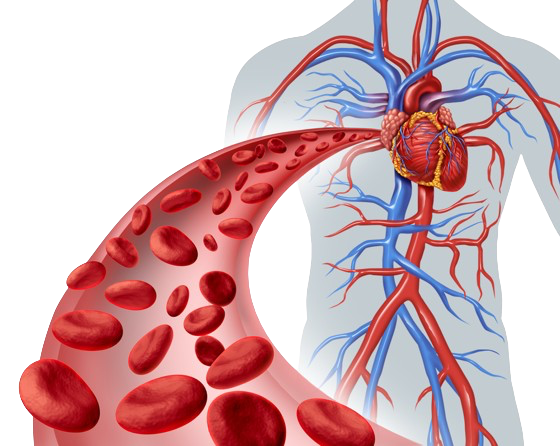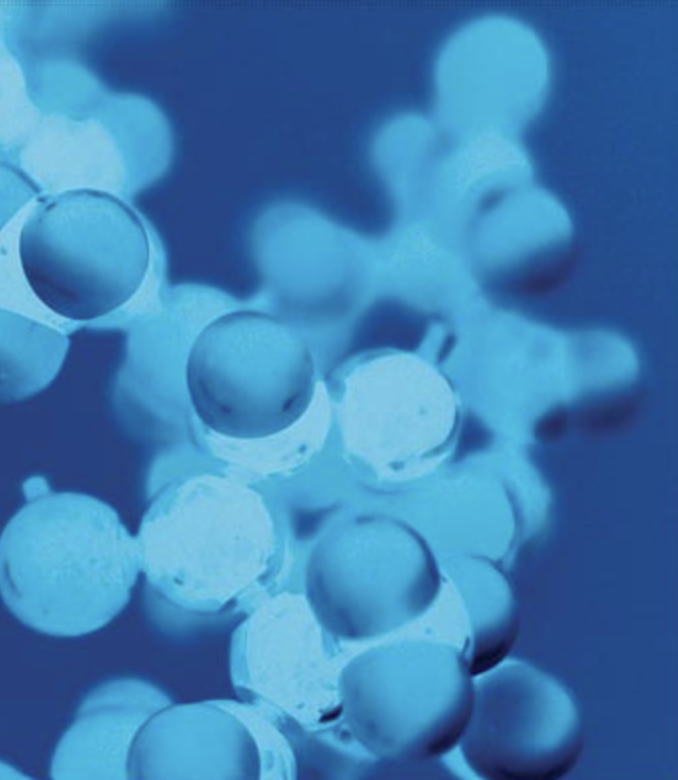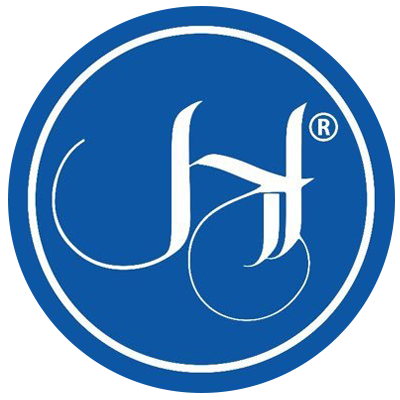
Your Blood Vessels, Your Heart, Your Livelihood
Your Blood Vessels, Your Heart, Your Livelihood

Your Blood Vessels, Your Heart, Your Livelihood
Natto NSP-2™
Nattokinase (NSP-2™) is highly effective in facilitating the circulation of the blood and in helping to bust clots. Our Nattokinase is manufactured by advanced fermentation, extraction, and purification processes optimally designed to obtain the highest quality ingredient.
Media Center
Find out where Vesta® Nutra will be.
Access news and the latest posts regarding NSP-2™.
Check out the latest research and resources for NSP-2™.


Why Natto NSP-2™ For Your Product?
Why Natto NSP-2™ For Your Product?
About Natto NSP-2™
About Natto NSP-2™
Natto NSP-2™ is a potent fibrinolytic enzyme. Nattokinase is produced by Bacillus subtilis var., which is isolated from fermented soybeans. The highly effective nature of Nattokinase in facilitating blood circulation has been well documented and supported. Natto NSP-2™ is manufactured by advanced fermentation and purification processes, which are optimally designed to obtain the highest quality of Nattokinase.
Your circulatory system is a vital organ system that is responsible for circulating nutrients, oxygen/carbon dioxide, blood, hormones, and other essential molecules. Much like the plumbing system of a house, our circulatory systems must be free of clogs that might hinder its ability to circulate vital nutrients throughout the entire body. Your heart is the driving force behind the circulation of your blood vessels, and it actively pumps blood throughout your body, all day, everyday to help keep all of your body parts alive.
If the blood vessels are unable to circulate and bring nutrients to a certain organ or tissue, this will cause that particular organ or tissue to begin dying. If arteries leading to the heart are blocked, this is called a heart attack. If arteries leading to the brain are blocked, this is called a stroke. Blockage can also lead to peripheral artery disease, erectile dysfunction, and a multitude of other problems.
Initial steps leading up to complete blockage can be seen indirectly through high blood pressure. Though there are many contributing factors (stress, diet, etc.) a common cause of high blood pressure is due to atherosclerosis. Atherosclerosis is defined as the narrowing of arteries due to fatty deposits that accumulate on arterial walls, often caused by the buildup of plaque on the artery walls. Eating a high-fat Western diet, rich in cholesterol, can cause an increase in low-density lipoproteins (LDLs) inside your circulatory system. These LDL particles then begin to accumulate in the media region of your arteries and become oxidized by your own cells. Your body initially tries to clear oxidized LDL in blood vessels by immune cells (macrophages), causing local inflammation, and causing other cells (smooth muscle cells, T cells, etc.) to migrate to the location and help stabilize the region by secreting fibrin.
Unfortunately, if there is too much oxidized LDL for them to handle, these cells begin to die, forming an unstable plaque. This plaque protrudes out into your blood vessel and narrows the blood vessels, causing pressure to build up (high blood pressure) and a dull pain (angina). Eventually, when this plaque ruptures, platelets begin to clot. This causes either complete blockage of the artery, or the clot breaks and travels to another artery, where it will block and cause damage elsewhere.
A Brief History of Natto
Natto is a Japanese dish made of fermented soybeans2. Rich in cultural history, this traditional dish was found to provide great health benefits. Further studies revealed that specific proteins called Nattokinase, helped people lower their blood pressure3. Natural occurring microbes called Bacillus subtillis natto produce Nattokinase4, which is a potent fibrinolytic enzyme.
Eating a high-fat Western diet, rich in cholesterol
These LDL particles then begin to accumulate in the media region of your arteries and become oxidized by your own cells. Your body initially tries to clear oxidized LDL in blood vessels by immune cells (macrophages), cause local inflammation, and cause other cells (smooth muscle cells, T cells, etc…) to migrate to the location and help stabilize the region by secreting fibrin (creating what is known as a fibrous cap).
Nattokinase, being a fibrinolytic enzyme (once orally consumed) circulates through the blood vessels and degrades plaque formations3,8, thus breaking down blood clots and relieving blood pressure and blood flow3,8. Here at Vesta, we even have our own human clinical data showing evidence of our Nattokinase NSP-2™ lowering blood pressure and breaking down clots.
Free Radicals, Oxidative Stress, and Cardiovascular Health
The standard way to treat heart attacks (myocardial infarctions) is to treat through restoring blood flow (reperfusion) by using thrombolytic agents5. Often this standard way of reperfusion can cause additional injury to the heart and this is often called “reperfusion injury.”5 Also mentioned earlier, cardiovascular disease is often associated with the production of free radicals and oxidative stresses.6
Cardiovascular tissue (heart and arteries) is vulnerable to these free radicals and oxidative stresses, and this caused a collaborative research project between a university in China and Korea to look into a better method of taking care of “reperfusion injuries.”7 The research group showed through both biochemical approaches, live animal simulations and on live human blood vessels that Nattokinase not only dissolves blood clots, but also prevents damages due to free radicals and oxidative stresses.7
Nattokinase and Cardiovascular Health
Fibrin is a protein that forms in the blood after trauma or injury. This is essential to stop excess blood loss. There are more than twenty enzymes in the body that assist in clotting the blood, while only one that can break the clot down (plasmin). Bacteria, viruses, fungi and toxins present in the blood also trigger an inflammatory condition resulting in excess cross-linked fibrin. Since there is no danger of blood loss and trauma has not occurred, this cross-linked fibrin will circulate through the blood and will stick to the walls of blood vessels. This contributes to the formation of blood clots, slows blood flow and increases blood viscosity contributing to the elevation of blood pressure. In the heart, blood clots cause blockage of blood flow to heart muscle tissue. If blood flow is blocked, the oxygen supply to that tissue is partially cut off (ischemia) which results in angina and heart attacks, or if prolonged, death of heart muscle (necrosis). Clots in chambers of the heart can mobilize to the brain, blocking blood and oxygen from reaching necessary areas, which can result in senility and/or stroke.⁹
Thrombolytic enzymes (enzymes that break down blood clots) are normally generated in the endothelial cells of the blood vessels. As the body ages, production of these enzymes begins to decline, making blood more prone to coagulation. This mechanism can lead to cardiac or cerebral infarction, as well as other conditions. Since endothelial cells exist throughout the body, such as in the arteries, veins and lymphatic system, poor production of thrombolytic enzymes can lead to the development of blood clots and the conditions caused by them, virtually anywhere in the body.¹⁵
It has recently been revealed that thrombotic clogging (blood clots) of the cerebral blood vessels may be a cause of dementia. It has been estimated that sixty percent of senile dementia patients in Japan is caused by thrombus. Thrombotic diseases typically include cerebral hemorrhage, cerebral infarction, cardiac infarction and angina pectoris, and also include diseases caused by blood vessels with lowered flexibility, including senile dementia and diabetes. If chronic diseases of the capillaries are also considered, then the number of thrombus related conditions might be much higher.
Discovery of a Fibrinolytic Enzyme
Dr. Hiroyuki Sumi, M.D. (AKA, Dr. Natto) a researcher of the Japan Ministry of Education and majoring in the physiological chemistry at the blood laboratory of the University of Chicago, had long researched thrombolytic enzymes. He was searching for a natural agent that could successfully dissolve thrombus associated with cardiac and cerebral infarction (blood clots associated with heart attacks and stroke). One day in 1980 Dr. Sumi took the natto that he was eating for lunch and dropped a small portion into the artificial thrombus (fibrin) plate. The natto gradually dissolved the thrombus and completely resolved it in 18 hours! Dr. Sumi found that the sticky part of natto, commonly called “threads”, exhibited a strong fibrinolytic (“blood clot busting”) activity. He named the corresponding fibrinolytic enzyme “nattokinase”. Dr. Sumi commented that nattokinase showed “a potency matched by no other enzyme.” ⁹ ¹⁵
Dr. Sumi conducted research on about 200 kinds of food from all over the world, and he found that natto had the highest fibrinolytic (“blood clot busting”) activity among all those foods. There are many traditional foods for the prevention and treatment of thrombosis (e.g., azuki beans, Korean ginseng, Japanese water dropwort) but most of these foods inhibit platelet aggregation live aspirin. Only nattokinase acts only on the fibrinolytic system to dissolve thrombi within the blood vessels. In 1986, Dr. Sumi presented the results of his research in Japan for the first time at the Japan Agricultural Chemistry Society. Later he wrote a similar article for the International Thrombolytic Association where the audience began to believe that the dietary intake of natto was the major contributor to the longevity of Japanese people.
Vesta Ingredients is proud to announce that Dr. Ralph E. Holsworth, Jr., D.O. will be joining Vesta Ingredients as a Scientific Advisor. Dr. Holsworth brings with him years of clinical study on Nattokinase and enzyme treatments.
Background
“Ralph E. Holsworth, Jr. received his Doctor of Osteopathy in 1997 from The University of Health Sciences, College of Osteopathic Medicine, Kansas City, MO. He is a board-certified osteopathic family physician previously serving rural and underserved regions of New Mexico and Colorado. Prior to his medical training, Dr. Holsworth served as environmental scientific consultant with the US EPA and private sector firms providing technical assistance on Superfund site evaluation, remediation and environmental cleanups.
Download Natto NSP-2™ Brochure
What is a Natto NSP-2™?

References
- Centers for Disease Control and Prevention; “Heart Disease Facts” Oct 26, 2012 http://www.cdc.gov/heartdisease/facts.htm
- Shurleff, W.; Aoyagi, A. 2012 “History of Natto and Its Relatives (1405-2012).” Lafayette, California: Soyinfo Center. 657 pp,
- Hsia, CH; et al. 2009 “Nattokinase decreases plasma levels of fibrinogen, factor VII, and factor VIII in human subjects.” Nutrition Research. 29 (2009) 190-196.
- Sumi, H. et al. “Heated natto and nattokinase found to have significant activity on human cells to promote release of t-PA” Kurashiki University of Science and the Arts, Dept. of Life Sciences
- Wang, Q. D. John, P. , Sjoquist, P. O. and Lars, R. (2002) Pharmacological possiblities for protection against myocardial reperfusion injury. Cardiovascular Research. 55, 25-37
- Turko, I.V. and Murad, F. (2002) Protein nitration in cardiovascular diseases. Pharmacological Review. 54 619-634
- Ko, J., Yan J., Lei Z, and Qi Y. (2005) Subtilisin QK, a Fibronolytic Enzyme, Inhibits the Exogenous Nitrite and Hydrogen Peroxide Induced Protein Nitration, inVitro and inVivo. Journal of Biochemistry and Molecular Biology. 38 577-583
- Yan, F. Yan, J., Sun W, Yao L, Wang J, Qi Yipeng, Xu Hua, (2009) Thrombolytic Effect of Subtilisin QK on carrageenan induced thrombosis model in mice. Journal of Thromb Thrombolysis. 10.1007/s11239-009-0333-3
- Natto-Traditional Japanese Fermented Soy Beans with Recently Discovered Health Benefits and Novel Industrial Applications, Enzyme Wave, Volume 3, June 2002, Amano Enzyme, Inc., page 2-4.
- Prevent Heart Attack and Stroke with Potent Enzyme that Dissolves Deadly Blood Clots in Hours. Health Sciences Institute, March 2002.
- Maruyama M, Sumi H. Effect of Natto Diet on Blood Pressure. JTTAS, 1995.
- Sumi H, Hamada H, Nakanishi K, Hiratani H. Enhancement of the fibrinolytic activity in plasma by oral administration of nattokinase. Acta Haematol 1990;84(3):139-43.
- Sumi H, Hamada H, Mihara H. A novel strong fibrinolytic enzyme (nattokinase) in the vegetable cheese “natto.” International 5. Journal of Fibronolysis and Thrombolysis. Abstracts of the ninth interna- tional congress on fibrinolysis, Amsterdam, 1988, Vol.2, Sup.1:67.
- Sumi H, Hamada H, Tsushima H, Mihara H, Muraki H. A novel fibrinolytic enzyme (nattokinase) in the vegetable cheese Natto; a typical and popular soybean food in the Japanese diet. Experientia 1987, Oct 15;43(10):1110-1.
- Sumi H. Healthy Microbe “Bacillus natto”. Japan Bio Science Laboratory Co. Ltd.
*These statements have not been evaluated by the Food and Drug Administration. This product is not intended to diagnose, treat, cure or prevent any disease. This information on this website is provided for developmental purposes only. This is not a specification, a guarantee of composition, or certificate of analysis. The information contained herein is correct to the best of our knowledge. Recommendations and suggestions contained on this website are made without guarantee or representation as to results. We suggest you evaluate these recommendations prior to use. Our responsibility for claims arising from breach of warranty, negligence, or otherwise is limited to the purchase price of the material.


